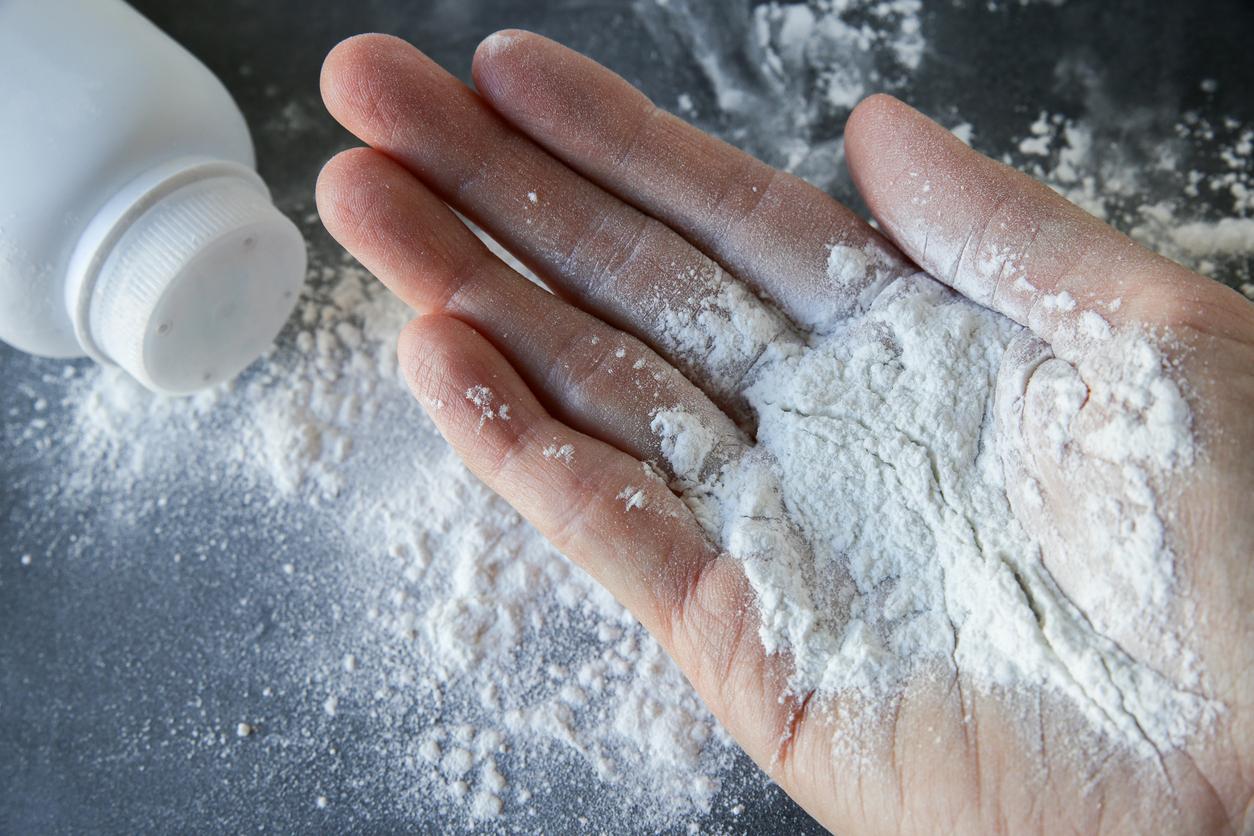Residues of chlorothalonil, a fungicide considered to be a “supposed” carcinogen banned since 2020 in France, were found in tap water with more than one in three samples having a proportion above the legal thresholds.

- According to the results of analyzes of water samples taken throughout France, “out of the 157 compounds sought, 89 were quantified at least once in raw water and 77 in treated water”, according to ANSES.
- A substance has caught the attention of specialists, the metabolite of chlorothalonil R471811, derived from chlorothalonil, a fungicide banned in France since 2020 and classified as a “suspected” carcinogen.
- It was found “in more than one out of two samples” and was present at thresholds exceeding the quality limit in “more than one out of three samples”.
The National Health Security Agency (Anses) published an alarming report on Thursday April 6: a third of French drinking water has been contaminated in recent years by residues from a fungicide, that is to say a pesticide that specifically attacks fungi.
Among the results of analyzes of water samples taken throughout France, including overseas territories, in order to find the presence or absence of 157 pesticides and their metabolites, i.e. components resulting from their degradation , one substance in particular has caught the attention of specialists: the metabolite of chlorothalonil R471811.
The fungicide found in more than one out of two drinking water samples
The metabolite comes from the degradation in the environment of chlorothalonil, a fungicide yet banned in France since 2020. It was most frequently found, “in more than one in two samples” – and was present at thresholds exceeding the quality limit (0.1 micrograms/liter) “in more than one out of three samples“.
For the rest, “out of the 157 compounds sought, 89 were quantified at least once in raw water and 77 in treated water”, according to ANSES. ANSES’s results are only partial and some territories are more affected than others. This would, for example, be the case for 90% of households in Loire-Atlantique. The investments needed to clean water run into the billions of euros and water stakeholders warn that consumers will have to pay for them in part.
“These results show that, depending on their properties, certain pesticide metabolites can remain present in the environment for several years after the banning of the active substance from which they originated”concludes ANSES.
Chlorothalonil metabolite: harmful effects on health not yet certain
The French authorities had been alerted to the frequent presence of chlorothalonil metabolites in Swiss drinking water. The European Commission had not renewed in 2019 the authorization of chlorothalonil, marketed by the German Syngenta, and France had granted a grace period until May 2020 for the disposal of stocks of the product.
The Commission then pointed out that it was “impossible to date to establish that the presence of metabolites of chlorothalonil in groundwater will not have harmful effects on human health”. Brussels cited the conclusions of the European Food Safety Authority (EFSA), which considered that chlorothalonil “should be classified as a category 1B carcinogen”i.e. “suspected” carcinogen.
ANSES took up this argument in a note last year, recalling that studies on chlorothalonil had identified “kidney tumors in rats and mice”. The agency pointed out the “lack of data to prove that the metabolite chlorothalonil R471811 does not share the mode of action of the parent SA (active substance) leading to renal tumors”.
These revelations come as the Minister of Agriculture, Marc Fesneau, wants to reconsider the procedure for banning another product, the agricultural herbicide S-metolachlor, not yet banned by the European Union. ANSES announced on February 15 its desire to ban the main uses of this molecule, whose chemical derivatives have been detected beyond the authorized limits in groundwater.

















